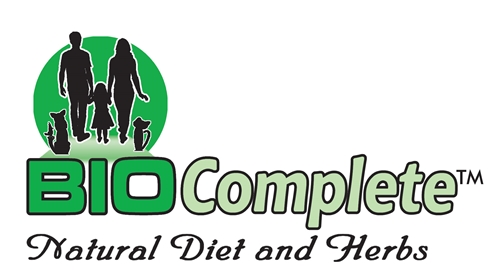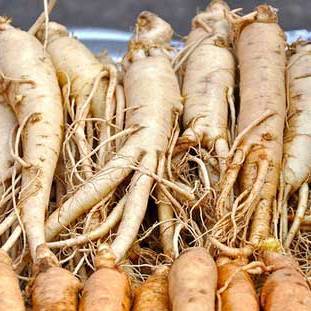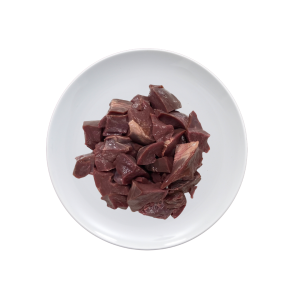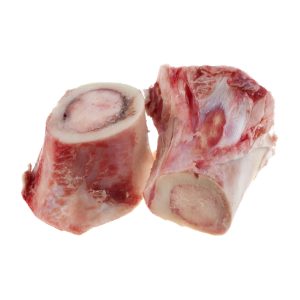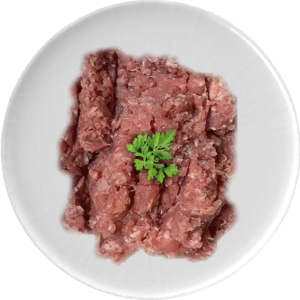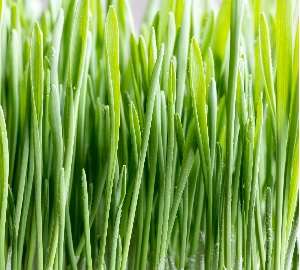BioComplete™ Ginseng Root Powder
Also known as: Panax quinquefolius, American Ginseng, Anchi Ginseng, Canadian Ginseng, Ginseng, Ginseng Root, North American Ginseng, Occidental Ginseng, Ontario Ginseng, Panax quinquefolium, Red Berry, Ren Shen, Sang, Shang, Wisconsin Ginseng, Xi Yang Shen.
Introduction: There are actually three different herbs commonly called ginseng: Asian or Korean ginseng (Panax ginseng), American ginseng (Panax quinquefolius), and Siberian "ginseng" (Eleutherococcus senticosus), the latter herb having many of the same effects as the first two even though it is in a different plant family. American ginseng is grown in the Eastern portion of North America, along the entire eastern seaboard, from Quebec to Florida. Unlike Asian ginseng, which has "warming" properties, American ginseng has "cooling" properties and is noted for its thirst quenching effects. Native Americans in North America used it in the exact same way as the Chinese, as a preventative. The Cherokee called it "The little man", and used it for colic, convulsions, dysentery, and headaches. When it was first discovered that ginseng did grow wild in North America, it became quite a big business. Daniel Boone, American folk hero and frontiersman, was known as a fur trader, but he actually made quite a fortune selling wild harvested ginseng.
Constituents: Acetic acid, adenine, adenosine, alanine, ascorbic acid, benzoic acid, beta-sitosterol, caryophyllene, cysteine, ferulic acid, folic acid, at least 10 different ginsenosides, glycine, guanidine, histidine, Isoleucine, kaempferol, magnesium, malic acid, niacin, pantothenic acid, salicylic acid, tannins, tyrosine, vanadium, zinc.
Parts Used: The mature root, washed, dried and cut.
Typical Preparations: Teas, extracts, or in capsules, and it is commonly found as an ingredient in soft drinks.
Summary: American Ginseng is eleuthero's kinder and gentler cousin. It is especially helpful for males engaged in weight control. A study published in 2005 in the Journal of the American College of Nutrition noted that men who take at least 3 grams of American Ginseng per day experience lower blood sugars and lower insulin levels after eating. Lower levels of insulin lead to a lesser tendency to store food as fat. Weight lost by diet and exercise is more likely to stay off when men use American ginseng. Women are more likely to use American ginseng to control undesirable symptoms of menopause. For this application, more is better. A full daily dose of American Ginseng provides many of the same symptomatic benefits as estrogen replacement therapy, and laboratory research suggests that the herb provides chemicals that "lock" estrogen receptors and possibly prevent estrogen-stimulation of breast cancer. Both men and women with diabetes benefit from American Ginseng at a relatively high dose, at least 3 grams a day. Clinical study has found that the herb prevents post-prandial hyperglycemia, the sudden spike in blood sugars after a meal.
Precautions: Most herbalists recommend taking American Ginseng (or any other ginseng) for a month at a time, followed by a two-week "rest."
This information has not been evaluated by the Food and Drug Administration. It is not intended to diagnose, treat, cure, or prevent any disease. These food products may be beneficial for supporting optimal health.
For educational purposes only.
Capsules available upon request.
Additional information
| Size | 2.2 oz Small Jar, Jar of Capsules 60 count, 4.4 oz Medium Jar |
|---|
